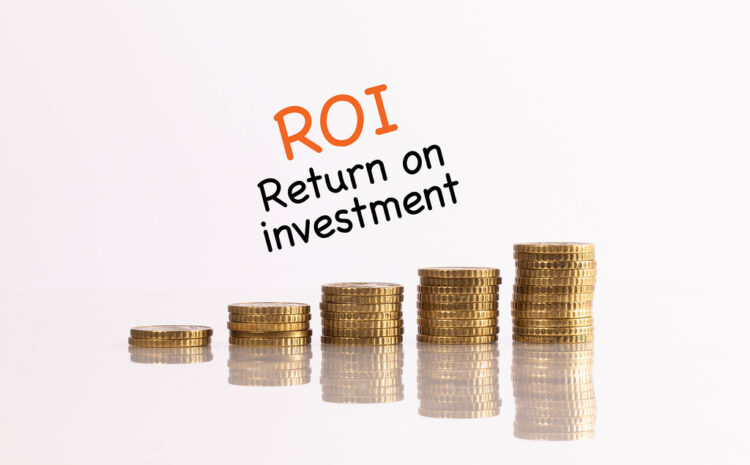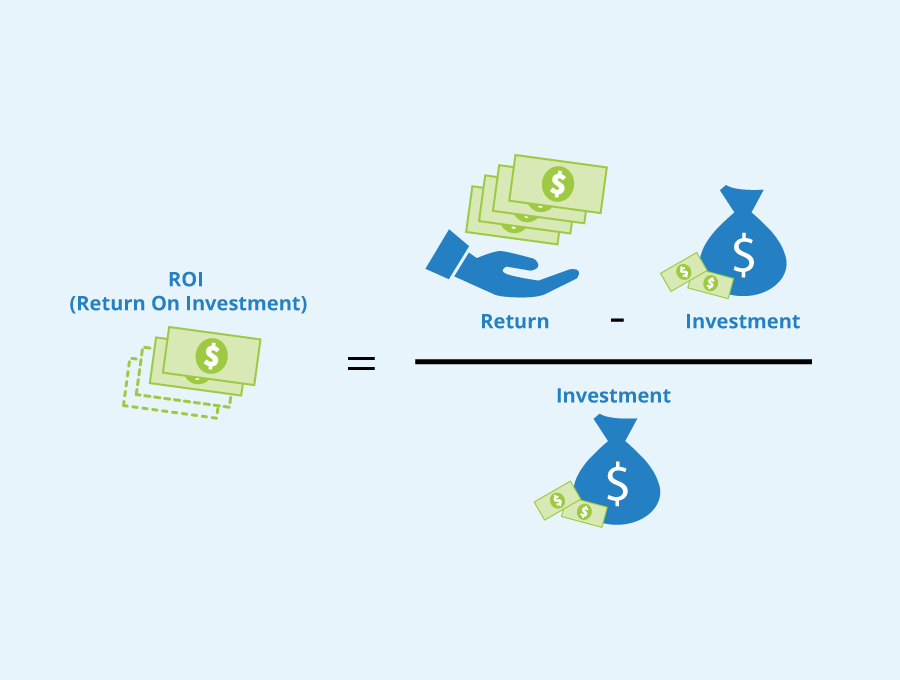How to Measure the ROI of your Digital Marketing Efforts
Measuring the ROI of your digital marketing efforts is essential for any business that wants to grow and succeed. With the rise of digital marketing, it has become increasingly important to understand how to measure the return on investment (ROI) of your digital marketing efforts. In this blog post, we will explore the different ways to measure ROI for digital marketing and provide tips on how to improve your digital marketing efforts.
1. Set Clear Goals
Before you can measure the ROI of your digital marketing efforts, you need to set clear goals. This means defining what you want to achieve with your digital marketing campaigns, such as increasing website traffic, generating leads, or driving sales. Setting clear goals will help you determine which metrics to measure and track to determine the effectiveness of your campaigns.
2. Identify Key Metrics
Once you have set clear goals, you need to identify the key metrics that will help you measure your ROI. The metrics you choose will depend on your goals and the channels you are using. For example, if you want to increase website traffic, you may want to track website visitors, bounce rate, and time on site. If you want to generate leads, you may want to track conversion rates, form submissions, and cost per lead.
3. Track Your Data
To measure ROI, you need to track your data consistently over time. This means setting up tracking tools like Google Analytics or other marketing automation software to monitor your key metrics. It is also essential to ensure that your tracking is accurate by regularly checking and validating your data.
4. Calculate Your ROI
Once you have tracked your data, you can calculate your ROI. ROI is calculated by subtracting the cost of your digital marketing campaigns from the revenue generated from those campaigns and dividing by the cost of your campaigns. For example, if you spent $10,000 on a digital marketing campaign and generated $50,000 in revenue, your ROI would be 400% (($50,000 – $10,000)/$10,000).
5. Adjust Your Strategy
Measuring ROI helps you understand which of your digital marketing efforts are effective and which ones are not. By analyzing your data and ROI, you can adjust your strategy to optimize your campaigns and achieve better results. For example, if you find that one channel is generating a higher ROI than another, you can adjust your budget and focus more on the channel that is performing better.
6. Use A/B Testing
A/B testing is a great way to improve your digital marketing efforts and measure ROI. A/B testing involves creating two versions of a campaign or landing page and testing them against each other to determine which version performs better. By using A/B testing, you can determine which elements of your campaigns are most effective, such as headlines, images, or call-to-action buttons.
7. Focus on Lifetime Value
When measuring ROI, it is important to focus on lifetime value (LTV) rather than just immediate sales. LTV is the amount of money a customer will spend with your business over their lifetime. By focusing on LTV, you can better understand the long-term impact of your digital marketing efforts and adjust your strategy accordingly.
8. Understand Attribution
Attribution is the process of assigning credit to the different touchpoints that lead to a conversion. Attribution can be challenging in digital marketing, as customers often interact with multiple touchpoints before making a purchase. Understanding attribution is essential for accurately measuring ROI and optimizing your campaigns.
9. Continuously Monitor and Evaluate
Measuring ROI is not a one-time activity. It is essential to continuously monitor and evaluate your data to ensure that your digital marketing efforts are effective. This means regularly reviewing your metrics, analyzing your data, and making adjustments to your strategy as needed.
Conclusion
In conclusion, measuring ROI is critical to the success of your digital marketing efforts. By setting clear goals, identifying key metrics, tracking your data, calculating your ROI, adjusting your strategy, using A/B testing, focusing on lifetime value, understanding attribution, and continuously monitoring and evaluating your data, you can optimize your digital marketing campaigns for maximum effectiveness and ROI.
It’s important to remember that measuring ROI is not just about generating immediate sales or leads, but about understanding the long-term impact of your digital marketing efforts on your business. By focusing on lifetime value and understanding attribution, you can make more informed decisions about your digital marketing strategy and allocate your resources more effectively.
In today’s digital world, it’s more important than ever to measure the ROI of your digital marketing efforts. With the right tools, metrics, and strategies in place, you can optimize your campaigns, generate more leads and sales, and grow your business.
Do you want to convert your Idea into a Brand contact us at – www.emarkeet.in





Write a Comment